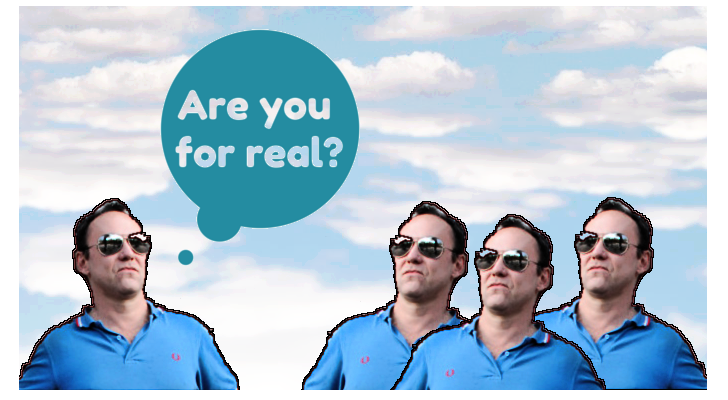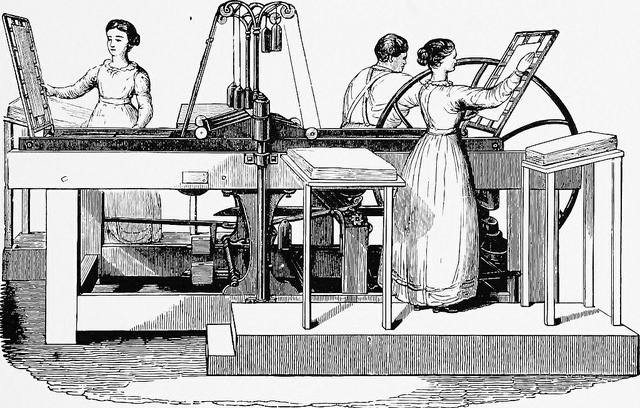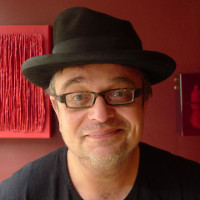She puzzles me

Het ontstaan van “She puzzles me”, Een highend reproductie door Zart:

1. hoge resolutie opname:
In samenwerking met een gerenommeerd fotolaboratorium hebben we het originele kunstwerk vastgelegd in een zeer hoge resolutie, om elk detail van “She Puzzles Me” te behouden.
2. photoshop finetunning:
Met behulp van Photoshop is de opname geperfectioneerd, waarbij kleuren zijn geoptimaliseerd en details werden versterkt.
3. Proefdruk op Maat Gemaakt:
Om de reproductie recht te doen, is een proefdruk op verschillende papiersoorten gemaakt. Dit proces hielp ons bij het selecteren van het perfecte papiersoort. Onze keuze is gevallen op het hoogwaardige Hahnemühle Photorag Black & White-papier.

4. Gelimiteerde Oplage van 5 Stuks:
Deze highend reproductie wordt slechts in een uiterst gelimiteerde oplage van 5 stuks geproduceerd. Hierdoor wordt niet alleen de exclusiviteit gewaarborgd, maar ook de waarde van deze unieke serie benadrukt.

5. Een Museumwaardige Presentatie:
In samenwerking met experts hebben we ervoor gekozen om de reproductie te laten zweven.
Geplaatst in een verdiepte houten lijst, afgedekt met museumglas. Dit resulteert in een museumwaardig kunstwerk.


6. Goedgekeurd door de Kunstenaar:
De kunstenaar, Narouz Moltzer, was persoonlijk onder de indruk en tevreden met het resultaat.
Dit museumwaardige kunstwerk is nu beschikbaar op zart.nu. Haal de unieke schoonheid van “She Puzzles Me” in huis en ervaar kunst op het hoogste niveau.
Haal de unieke schoonheid van “She Puzzles Me” in huis en ervaar kunst op het hoogste niveau.








































